Another two-in-one here for you. I'll give an overview of some of the developments in the war, and then wrap up with a personal update as to what I am doing now. I have news of yet another Russian warship sunk, news of American hardware triumphing over Russian armor, more news from the catastrophic Russian loss of their flying command post and their early warning aircraft, impressive news from partisan actions behind Russian lines, Ukrainian hackers making a most impressive coup on the Russian Ministry of Defense and much more.
Let's start with today's infographic on the daily totals for Russian losses:
The stats from yesterday are seen as a "slow day" given the current rates of Russian losses. Which is rather telling, Russia can maybe feed 30,000 untrained raw recruits into the frontline per month, but is regularly losing close to a thousand a day. Hence, "only" 750 being a slow day. Similarly with tanks and armored personnel carriers. Russia maybe refurbishes about 30 old tanks a month, and we see here on a slow day, they are still losing a dozen. Russia still manages to throw waves of poorly conceived attacks at the Ukrainian defenders, although their continued losses in vehicles especially are generally reducing that down to one sector of the lengthy frontline, rather than several at once they had managed recently.
Ukraine keeps its losses close to the vest, but as far as we can tell, are achieving something on the order of Finland's defense against Russia's aggression in 1939 and 1940, with 11 Russian vehicles taken out for every Ukrainian one, and a staggering 13 Russian soldiers dying for every Ukrainian one. In the face of reduced deliveries of supplies from our western allies, we've had to curtail artillery support at the frontline, and the Ukrainian high command has officially announced we will be practicing an "active defense" for the time being. Smart move, let the Russians continue to dash themselves against our defensive lines, and preserve our strength until we are better prepared, equipped, and the weather is better.
While the morass of American politics has the so-called "Arsenal of Democracy" defaulting on its treaty promise to aid Ukraine in return for Ukraine giving up its nukes in the post-Soviet era, European leaders have roundly come out with firm positive statements and plans to continue aiding Ukraine, as well has NATO. Europe understands the threat to the free world that Russia poses. Ever since Putin took power, Russia has been at war with the west, buying politicians, subverting governments, sponsoring separatist movements, engaging in mass cyber-attacks on entire nations, and hasn't been shy about publicly framing their position as in direct opposition to the west. No surprise, an authoritarian regime has a very hard time staying in power when just over its borders people enjoy free societies.
European governments are delivering on their promises to increase artillery shell production and are taking a number of other significant, long-range measures to address the continued threat of Russian aggression. Over the course of this year, European artillery production will reach 1.4 million shells per annum, which would pencil out to about 3,500 shells a day, if all the shells were delivered to Ukraine, but they won't be, some are spoken for by other governments. When Ukraine was able to fire 6,000 shells a day, we were still rationing them, as that wasn't enough. Progress on America expanding its artillery shell production has been glacial, last I heard they hadn't even broken ground on the new factory, and were struggling to find workers to increase the number of shifts working at the existing plants. Of course, any delivery of such shells is in question due to the quagmire of American politics. While Republicans hold Ukrainian lives hostage to extract yet another deal that they will just renege on, more Ukrainians die every day due to lack of the tools we need to counter genocidal Russian aggression. History will judge them. I judge them now.
There are few more vile acts than standing idly by while others die at the hands of evil men, except perhaps those who do so for political and economic gain.
Europe on the other hand, with a few notable exceptions, is largely stepping up to the plate, as best it can. It should be remembered that in comparison to the power that America can exert, most of the nations of Europe are quite small, not only in regard to land area, but also population, army size, and budgets. Nonetheless, many European nations are investing in defense like this was 1936 or 1938, and preparing themselves to support Ukraine for as long as it takes for Ukraine to prevail in its struggle for survival against Russian genocide and occupation.
Much of Europe sees Russia clearly for what it is. No matter the outcome of the current war Russia is waging against Ukraine, Europe expects Russia to attack more European countries within a generation. NATO's top military official just released a report to the public warning them to prepare for "life changing conflict and potential conscription" within twenty years. While Russian apologists continue to try and frame the current conflict as a civil war, still futilely painting it as Russia supporting "separatists" and trying to say Ukrainians aren't, and haven't always been a separate people from Russians, the Russian government has been increasingly clear in its rhetoric painting this war as part of a greater struggle against NATO, Europe, the west, and its values. Recently the Russian government has also been quite forthright about prosecuting a war of genocide against Ukraine.
In a somewhat surprising development, several nations on Russia and Belarus' border have announced plans to build a defensive line of fortifications including 600 concrete bunkers. The Baltic States; Latvia, Lithuania, and Estonia are not only collaborating on building this defensive line, but working on increasing mutual defense, including sharing their HIMARS missile batteries, and jointly using airfields.
Now, some of you have no doubt heard of the Maginot Line that French constructed between it and Germany between the last world wars and know of its failure to stop Germany from successfully invading. Patton famously said: "fixed fortifications are a monument to the stupidity of man", and many hold this axiom to be true. Nonetheless, there is a time and a place for fortifications. Witness the difficulty of either side progressing in the Russo-Ukrainian war now that the lengthy frontline is defended in depth by a mix of trenches, minefields, and in some places, anti-tank obstacles in a landscape very similar to World War One. The Maginot Line wasn't defeated directly, at least not initially, first, the Germans went through "neutral" Belgium to outflank it. France asked Belgium to erect similar fortifications along the German border to prevent this, but Belgium was afraid of angering the Germans, and so instead left themselves defenseless. A lesson everyone could take from that today, with many still worrying about what might piss Russia off, as if it wasn't going to follow its own agenda of conquest no matter what actions other nations take. Kow-towing to bullies is NEVER the right move. Later, France stripped the Maginot Line of the "interval troops" and so the Germans were eventually able to breach it in a few places, but this was after the flanking maneuver through Belgium had already sealed Frances's fate. There's another lesson here though, without a mobile reserve, fixed fortifications will eventually be overcome. France knew this, and had units assigned for this very task, the aforementioned "interval troops" but in the face of being outflanked and running out of troops to try and stem the German advance through Belgium, ended up stripping the Maginot Line of its interval troops, robbing it of the ability to counter-attack against German attempts to breach the fortifications.
The Baltic states will need assistance providing an active defense for this line of fortifications they have committed to build to defend against expected Russian aggression, particularly since they have largely stripped their militaries of equipment to provide Ukraine with some of the tools they so desperately need in the current conflict. Just like arming Ukraine largely provides jobs for Americans to build replacement American arms for the old munitions and equipment we would otherwise be spending money on destroying in a safe, ecological manner, assisting the Baltic nations in rearming, and maintaining the presence of American troops there as a "trip wire" to discourage Russian aggression and provide assistance in defending these small, brave, nations against continued Russian aggression is essential to them having an adequate defense, and a treaty obligation for the United States.
I say continued Russian aggression not just because of Russia's attacks against Ukraine from 2014 through now, and Russian influence operations and worse previously, and its 2008 attack against Georgia, but because the Baltic nations have repeatedly suffered mass Russian cyber-attacks, at times knocking down huge sectors of their governments online presence for lengthy periods of time. Recently, the Russian exclave of Kaliningrad has been broadcasting powerful electronic warfare signals, knocking out GPS service to not only the Baltic nations, but fully half of Poland. Imagine if Mexico knocked out GPS service to New Mexico, Arizona and southern California. This is an aspect of what is called "hybrid warfare" and Russia is not afraid to regularly engage in such warfare against us.
Europe, particularly eastern Europe, knows what is at stake, and is largely beginning to prepare itself for continued conflict with Russia. Of course, I'd rather those monies were spent on improving people's lives, but that would just be wasted if authoritarians march in and crush those people under their boots. America needs to wake up and start actually gearing up to be the arsenal of democracy again, and be prepared to defend not only itself, but its allies against authoritarian aggression, or it will only be emboldened, and America will be forced to sit by as the world gets even worse than it is already going to get. When the Covid pandemic happened and America couldn't even produce enough masks to protect its healthcare workers, much less the populace, this should've been a wake-up call to America to start manufacturing things again, whatever that takes, because there's more at stake than just profits. Of course, if we'd just give Ukraine the tools to do the job, Russia would likely be so badly damaged as to be little of a threat in the future, saving money for better things in the long run.
In this era with all its parallels to the run-up to World War Two, America would be foolish to not take the lessons offered by history, and plainly before our faces with the reality in front of us, and not invest in equipping our allies with the tools they need to defend themselves against aggression. We've already failed ourselves, our children, and humanity so much, the least we could do is build America up by providing good paying jobs to protect ourselves and our friends from a world that the effects of global warming and the desperate mass migrations that will inevitably cause more authoritarian regimes to rise and prosper and war on their neighbors for arable land and potable water. Isolationism won't save America. Not only has history shown that, but the world is now more connected than ever.
Because Ukraine's allies didn't get them the tools they needed before this conflict ossified into trench warfare, we are now facing a potentially long, drawn-out conflict in Ukraine. Unless Russia's economy collapses the rest of the way (it's coming, but who knows how many years it will take), or Putin dies, we'd be lucky to end this war in another two years grinding forward the way we are now.
As such, not only has Europe started to invest in long range planning for a protracted war by not only increasing production and defense, but also collaborating with Ukraine to help Ukraine produce weapons domestically, but the targets of Russian long-range munitions have changed, to strategic targets like factories that produce arms and even military clothing in Ukraine.
This signals a failure of Russia's attempts to freeze Ukraine to death, as it tried last year and threatened to do this year. Now, when the Russians can manage more than just flinging inaccurate missiles, bombs, and big bomb laden drones into cities, they are rarely targeting heating and electrical infrastructure and are going after things like Ukraine's own M-Tac clothing factory. I have some M-Tac gear. It's good, as you might expect from a people equipping their warriors in a fight for their nations’, language and people's very survival.
Ukraine has been targeting Russian industry since the beginning of the war. First, mostly with fires set by saboteurs far behind the lines in Russia, but as Ukraine's domestic production of long-range missiles and drones increased, Ukraine has increasingly been able to damage these targets through those means. Of course, while Russia continues to be supplied by Iran with long range Shahed drones and by North Korea with ballistic missiles, the western allies still restrict Ukraine from defending itself by firing on military targets inside of Russia with the few such weapons the allies have provided that do have that range. In fact, Germany's chancellor still refuses to release Taurus long range missiles, which are one of the only weapons systems that could take down the vital Kerch Strait bridge to occupied Crimea.
Nonetheless, even while fighting with one hand tied behind its back, Ukraine continues to successfully strike at Russian war industries. In addition to the on-going campaign of planted explosives and fires against factories far from Ukrainian borders, new Ukrainian long-range drones have joined the handful of domestically produced Ukrainian missiles in surgical strikes on key Russian facilities. Three that stand out over the past couple of days are strikes against oil infrastructure. At least one Ukrainian drone flew 1,250 kilometers to Saint Petersburg and struck an oil tank farm there. Russia claimed it shot a drown down, but it always claims that. It says that debris from a shot down drone started a fire at the facility. The fact that the fire is still burning over twenty-four hours later belies this claim and speaks to at least one, if not several Ukrainian drones successfully reaching their target. A target that is in Russia's second biggest and most important city, after flying over hundreds of miles over Russian and Russian-controlled territory. Two other oil facilities were hit in the past few days as well, one of these Russia's third largest and four big oil storage tanks are still ablaze more than 48 hours later. These are just a handful of the most recent attacks, every week there are many, including a drone flying into the gunpowder factory at Tambov yesterday.
One is tempted to blame this failure of Russian air defenses on the fact that they have stripped virtually everything they have in the way of air defense units to replace ones lost at the front, and the fact that they use the S-300 launchers to blindly lob rockets into Ukrainian cities, but evidence of the ineffectiveness of these systems in their intended role comes to us nearly every day alongside the steady loss of such systems. Just yesterday we were once again treated to video of a supposedly advanced Russian air defense system not only being destroyed by just the kind of thing it should be defending against, but we have video of the drone that took it out capturing the Russians poor quality rocket misfiring when it tried to defend itself.
This is some very dramatic footage:
In the air war, the Russians are still reeling from the loss of their two command and control aircraft I covered in my last piece (LINK). Ukraine credited their air force with the shoot-downs. Ukraine's missile defense forces, including their Patriot missile batteries are part of the air force, giving more credence to those systems being the likely mechanism of this latest catastrophic Russian loss. The loss of the A-50 AWACS aircraft alone is akin in scope to the loss of the Moskva, the cruiser that was the flagship of the Black Sea Fleet. The aircraft is not only worth over 300 million dollars, but it was filled with officers and rare specialists, and strong rumors place a general onboard at the time that this aircraft was shot down over the Sea of Azov. That isn't the only general that Russia is missing, Gerasimov who is serving both as the Chief of the General Staff of the Russian Armed Forces and also as First Deputy Minister of Defence is still missing since a Ukrainian attack on a headquarters in Crimea he was reported to be visiting. He has missed several high profile public events that normally would've called for his presence since then.
While initially Russia did as it usually does and preferred to claim incompetence rather than enemy action cost them two priceless aircraft full of irreplaceable specialists and high-ranking officers was due to friendly fire, the fact is that the replacement aircraft is now flying its surveillance pattern 150 kilometers further back from the frontline. This clearly indicates a reticence by the Russians to get into range of whatever Ukrainian weapons system brough them down, putting lie to the claim that friendly fire damaged the Il-22 and proving that the A-50 was indeed lost given its replacement with another.
Good intel and solid reporting revealed that the Russians have even less of these rare aircraft available than thought, with only three airworthy examples remaining now. Partisans immediately spotted one of these being moved to the same airfield as the one just shot down was operating from, in Sochi, on the Black Sea coast near Georgia. Pretty amazing to be able to look at intelligence pictures they just took behind enemy lines. Partisans continue to be active behind the lines all over, but in particular in the Crimea. Before I get to best story from there, we'll cover that the Atesh partisan group operating out of Crimea reported that the Ukrainian armed forces had quietly sunk yet another Russian warship, saying that a Tarantul class frigate was sunk at its moorings. Reports are that this was yet another attack by Ukrainian naval drones, once again sailing all the way to Sevastopol on the southern coast of Crimea, penetrating harbor defenses and sinking a Russian warship.
Satellite photos confirm the loss:
The big story of the Crimean partisans recently will be hard to top. Two young ladies in their early twenties poisoned almost 50 Russian soldiers, killing them. Somehow, the Russian authorities found out who they were and came to take them into custody. Underestimating these capable women, they only sent four guys, and weren't prepared for an ambush. When they showed up, the partisans gunned them down, killing two more and escaping. As far as we know, the brave young ladies are still free and plotting more attacks on their genocidal occupiers.
In my final segment on today's round-up I'll cover the extremely successful attack by a group of Ukrainian hackers. After recently taking revenge for Russia's hacking attack that took down Ukrainian cel phone service provider Kyivstar for several days, which while personally was a real pain for me not having phone service while traveling, it also cost many businesses quite a bit, including Kyivstar itself, Ukrainian hackers moved on to attack the Russian Ministry of Defense.
In this case I'll just quote the brief reporting in its entirety:
"Ukrainian hackers from the Blackjack group stole technical documentation for 500 objects of the Ministry of Defense of the Russian Federation. We are talking about the data of weapons arsenals, sites of anti-aircraft missile complexes, headquarters, barracks and other technical and project documentation. Hackers also demolished 7 servers and encrypted more than 150 computers of the institution's employees. In fact, Russian special construction companies were left without the entire array of data and backup copies of information."
I am going to hold off on full coverage of all of Russia experiencing a mass wave of heating failures and power outages, shelves being bare of eggs, and closed gas pumps amongst rising fuel prices, until next time, as this has already probably gone on too long, and I owe y'all a brief personal update as well. I will say that this is still being under-reported, I saw one source say "tens of thousands of Russians are without heat or power", but in one city alone that figure is well over half a million. Turns out you need plumbers and maintenance guys to maintain steam plants and pipes, who knew? Maybe shouldn't have drafted all of those guys! Especially when those steam plants and pipes are nearing 100 years old in some cases and were built to Soviet standards. Steam is commonly the method of heating in many Russian cities and buildings. Needless to say, being left without heat in sub-zero temperatures is a bit of a problem. Oh, and I didn't get to the M2 Bradley spanking supposedly Russia's best tank, the T-90M, we'll cover that next time too.
For now, just a couple of images to illustrate the kind of problem this is. This is an apartment buildings stairway, a common sight across all of Russia right now:
I will also cover an exciting new development in the air war in my next instalment.
Now for a quick personal update. I am now headed back to the International Legion, my recruiter found me a suitable gig with one of the sub-units there and I interviewed with their chief medical officer. The assignment is as a medical driver. Kind of perfect for me right now, it doesn't have the expectation that I am a fit 19-year-old who can serve in a trench, nor does it have the expectation that I am to be doing medicine beyond my training and experience, which I had concerns about. Although, it is quite possible that I will gain more medical responsibilities as time goes on, this role was described to me as purely a medical evacuation driver, as part of a three-person team, with a paramedic leading it, and them having their own assistant. Initially, I expect to be driving civilian four-wheel drive vehicles, but there is an intriguing possibility I may graduate to a tracked military vehicle.
Unfortunately, I will be leaving the southern front, and eventually making may way to the northeastern portion of the lengthy frontline. I will wait until I know more and check about OpSec before publicly saying more about exactly which unit I am in, and where we are fighting. For now, I am making my way across this vast country once again to the rearmost of rear areas to do paperwork and probably repeat my physicals etc, for reportedly probably the next two weeks. That will likely come with a fair amount of downtime for me to continue writing during that time.
Today I'll end with a quote from someone I follow on Twitter:
Edward Hunter Christie
Ukraine today is France in 1916. Partly occupied, bleeding daily, but holding the line.
On ne passe pas.
Ukraine today is Britain in 1940. Alone, pleading for arms, bombed every night.
We shall never surrender.
And what are we?
In this story, what are we?



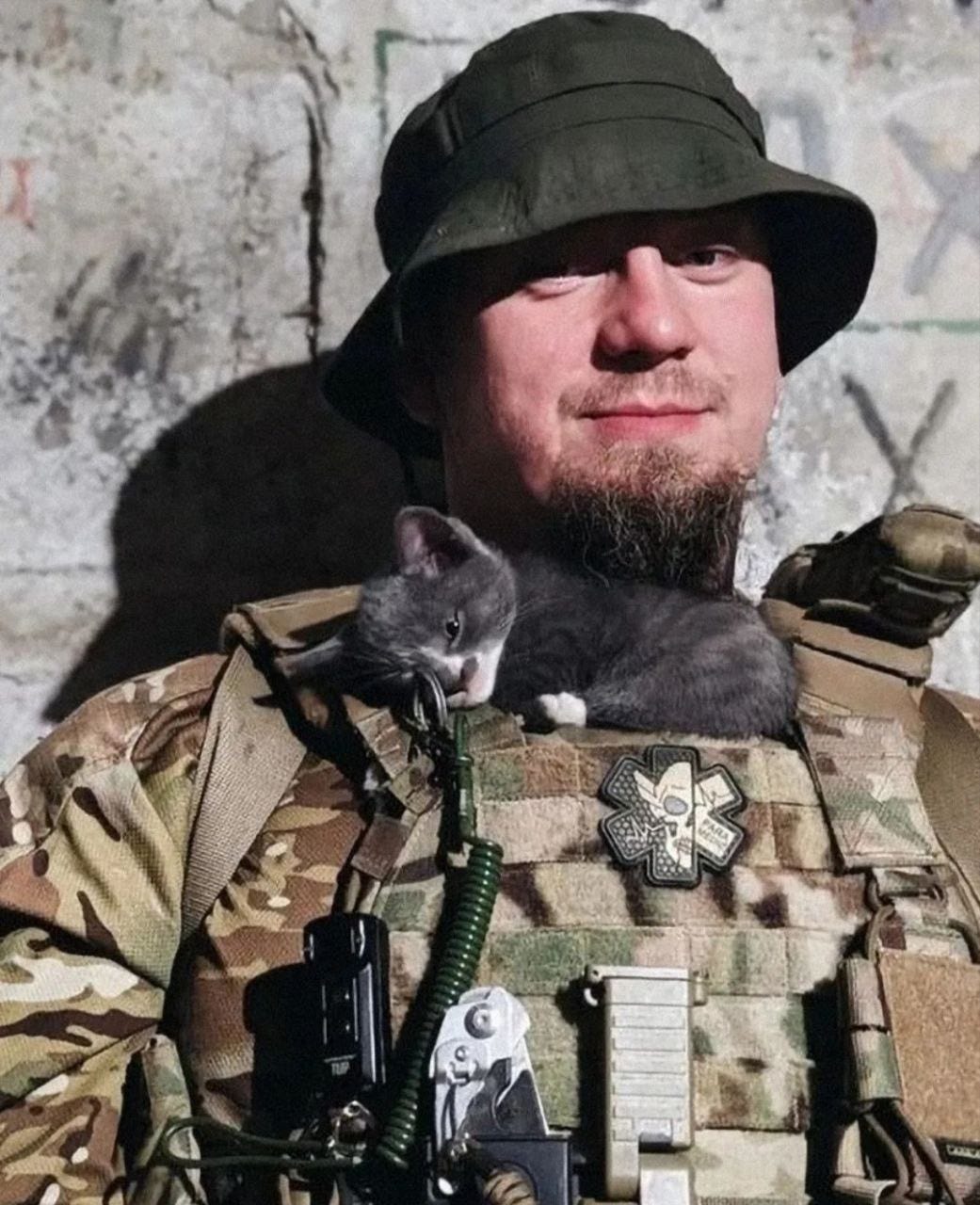
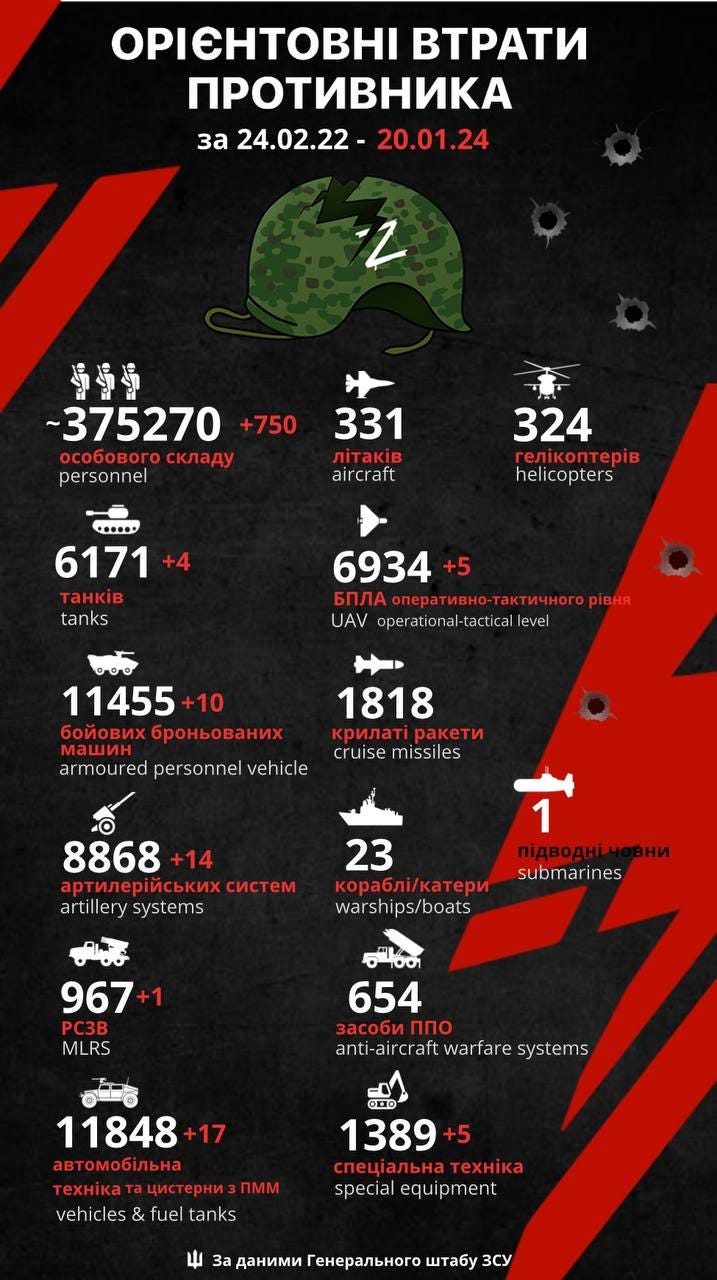
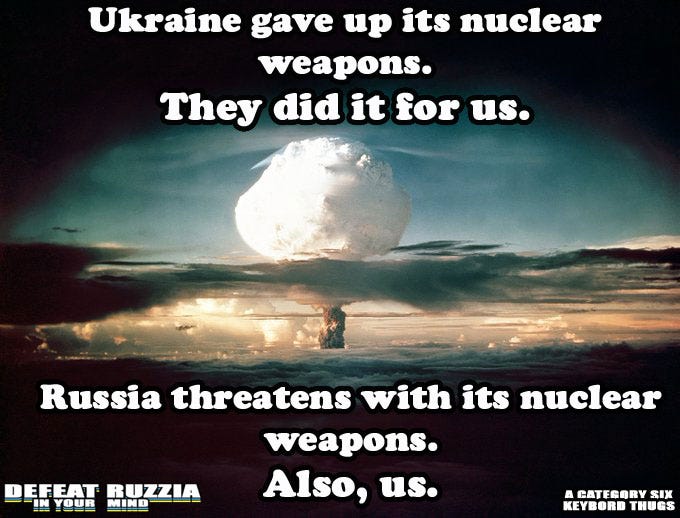
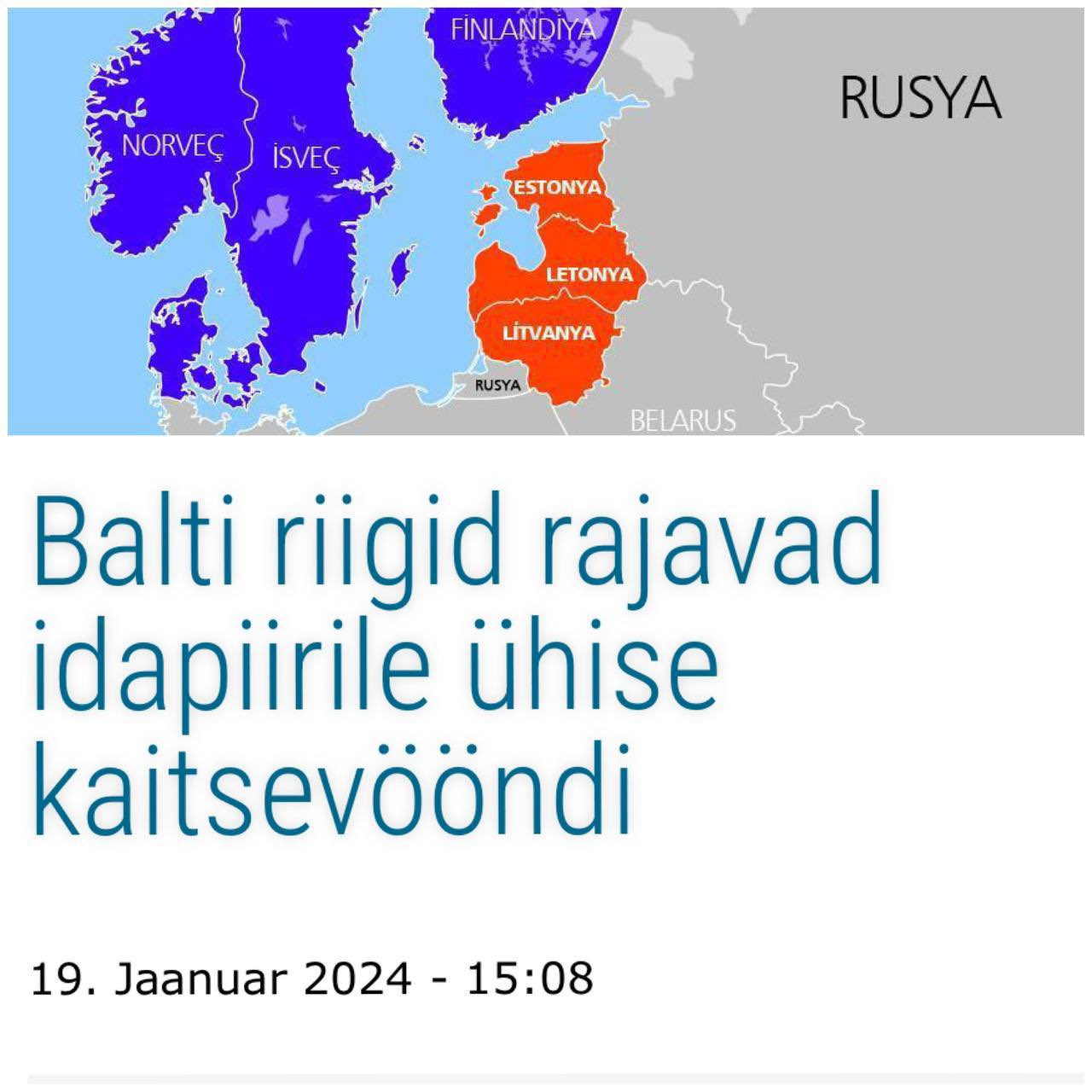
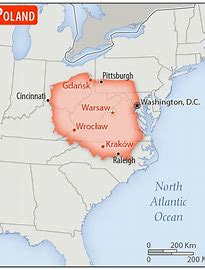
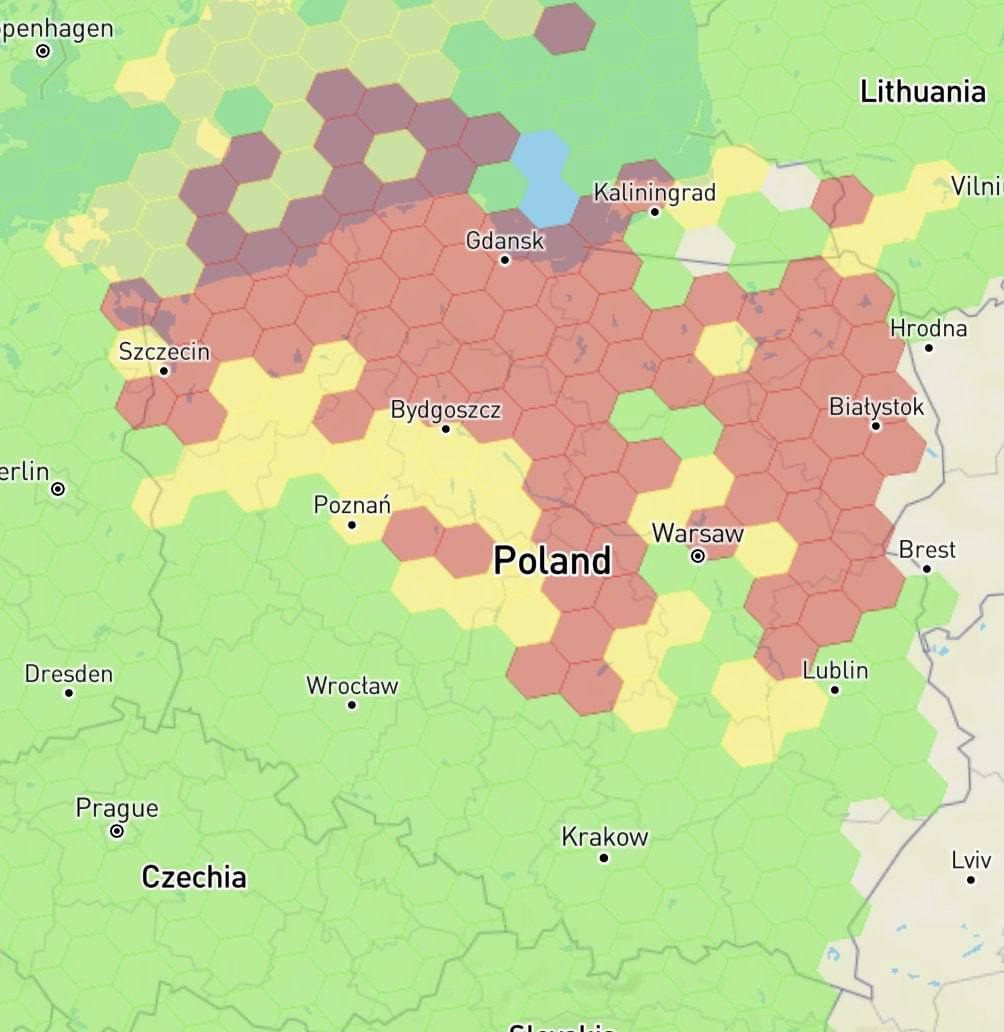

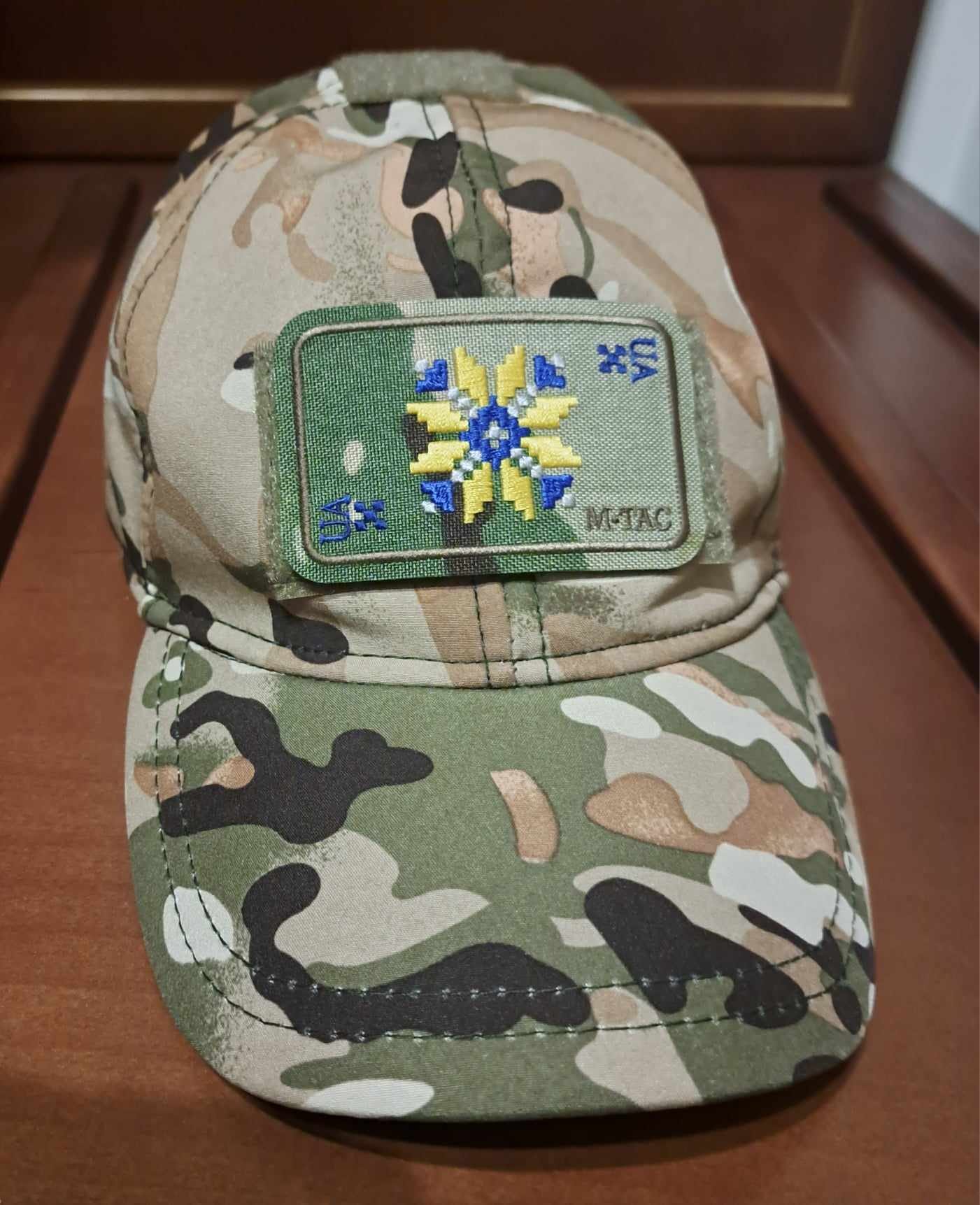

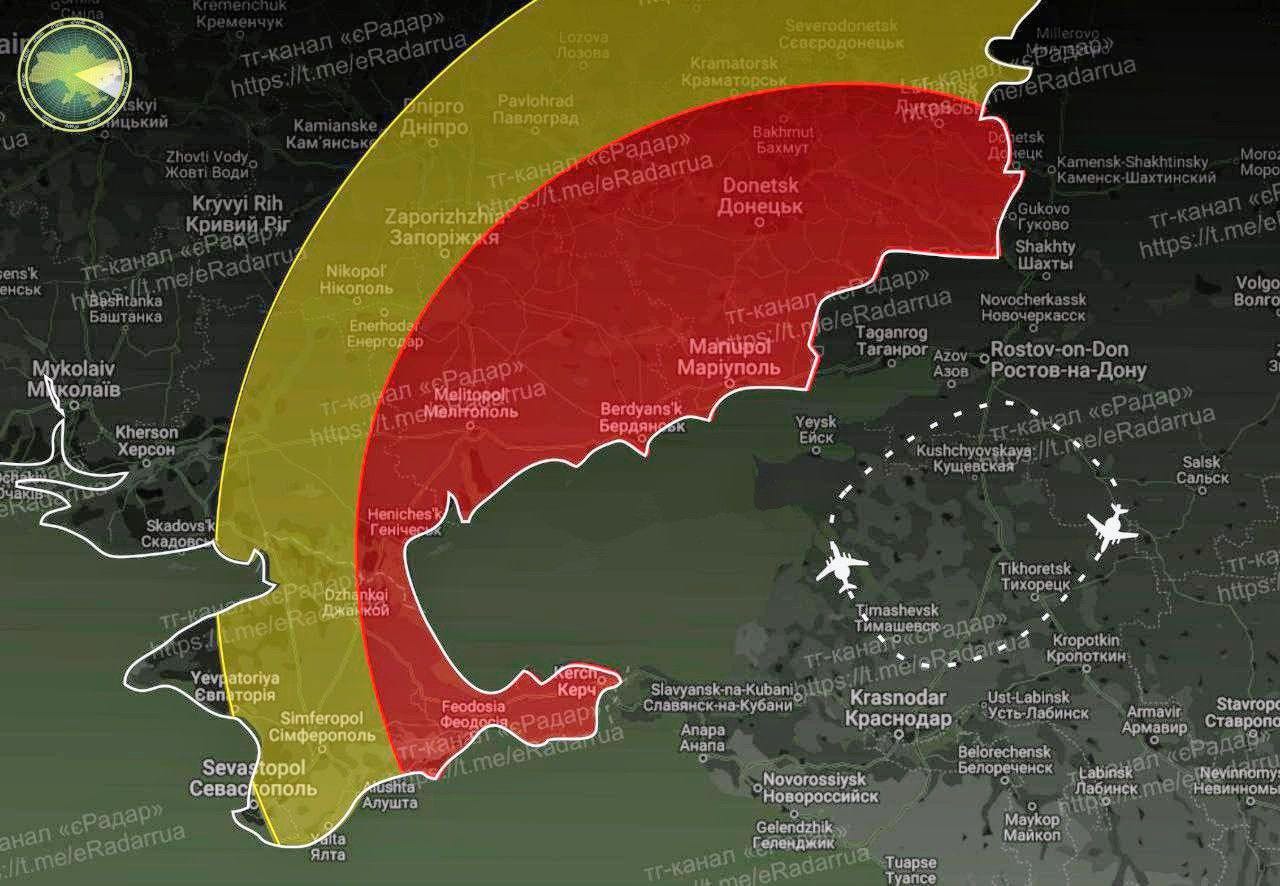
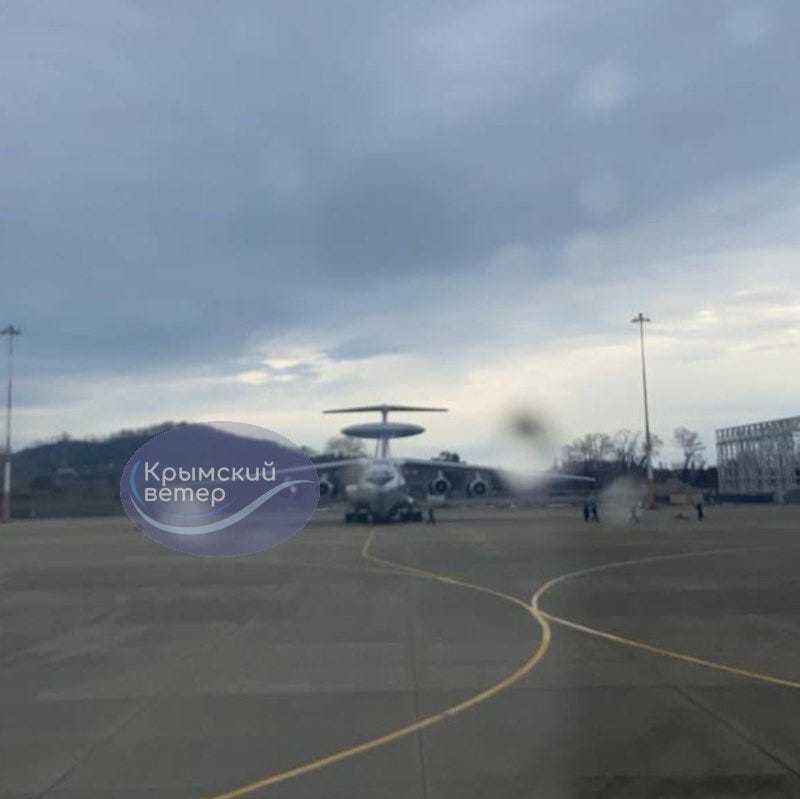

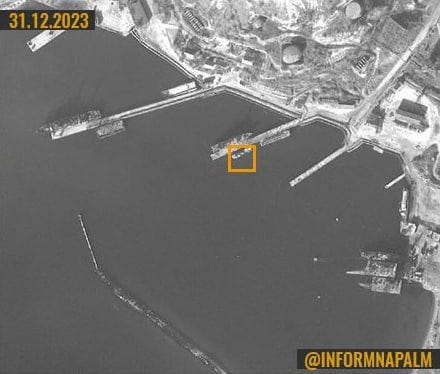
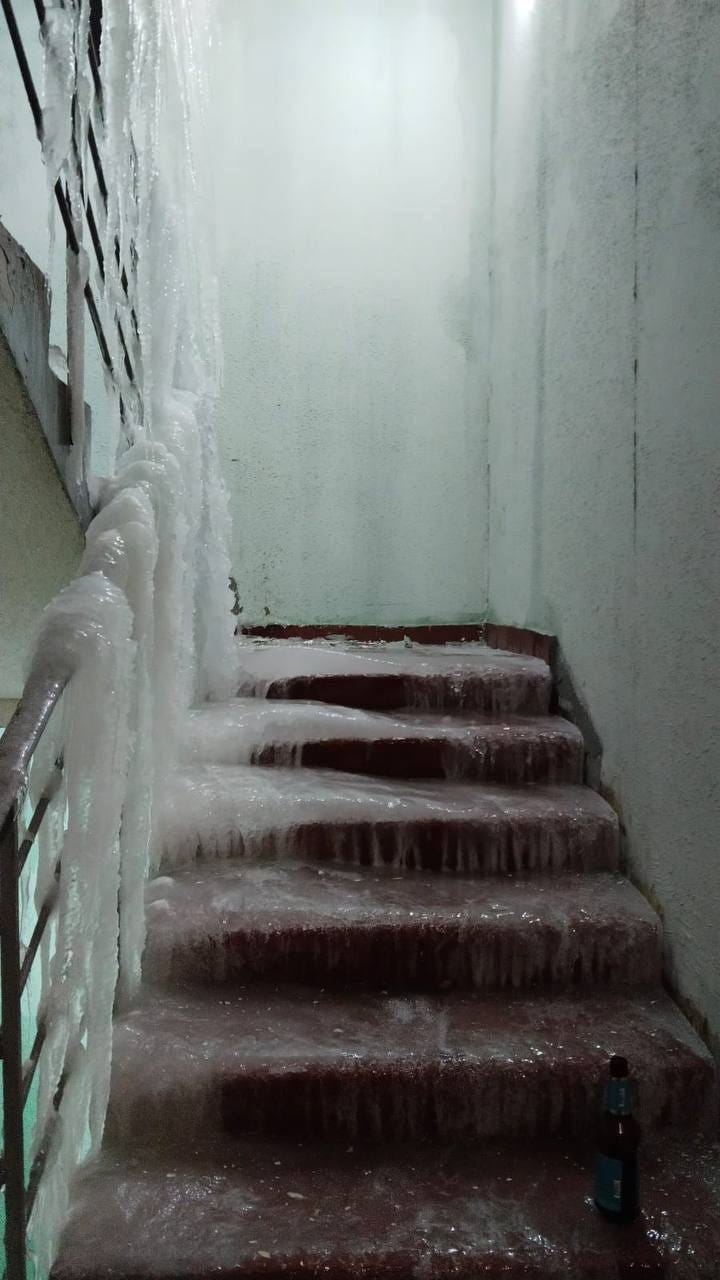
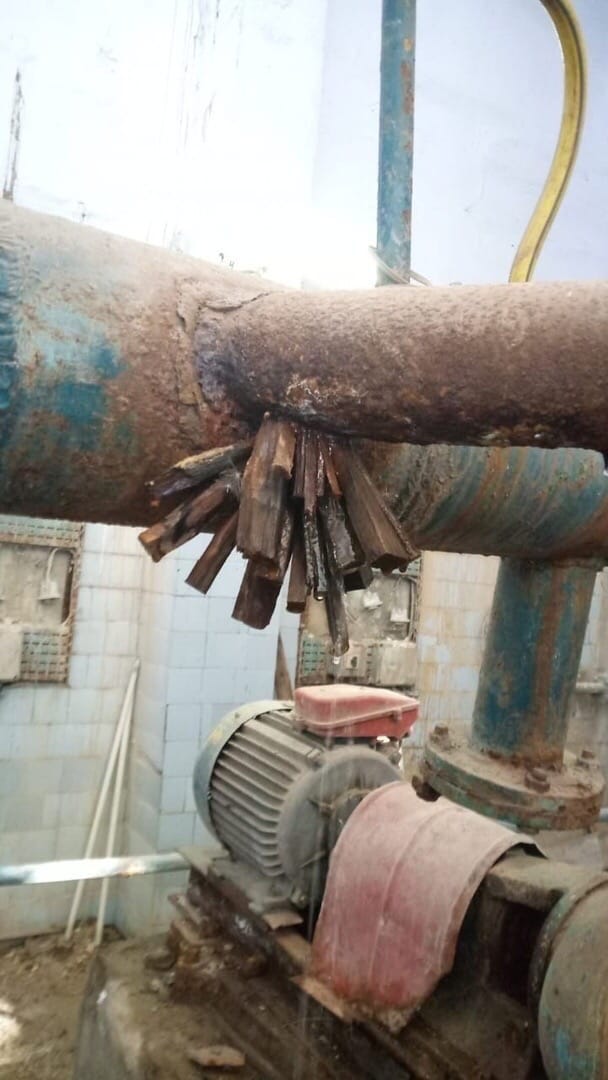

So glad they are getting you into a role that so obviously suits you. You have chosen a very hard path. I'll try to keep up enthusiasm and support for Ukraine here. Patch up the warriors and help them shatter Russia and the institutions that made this pointless war happen.
Hey, MZ, that was an excellent post! You've written a clear, concise, and very informative newsletter.
That driver position sounds custom made for you! Best wishes for a successful and safe new posting.
Cheers,
Randy